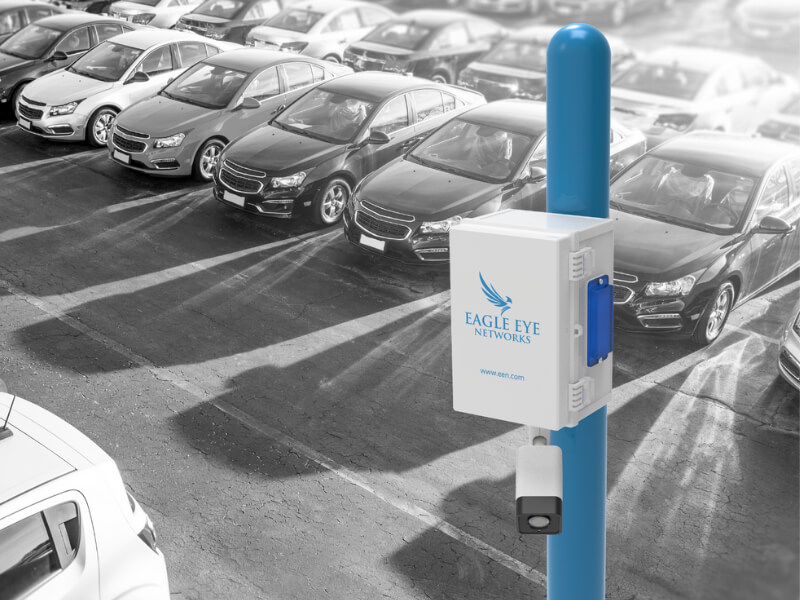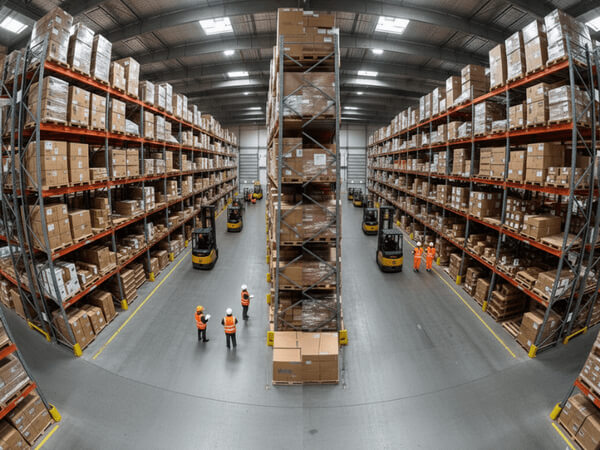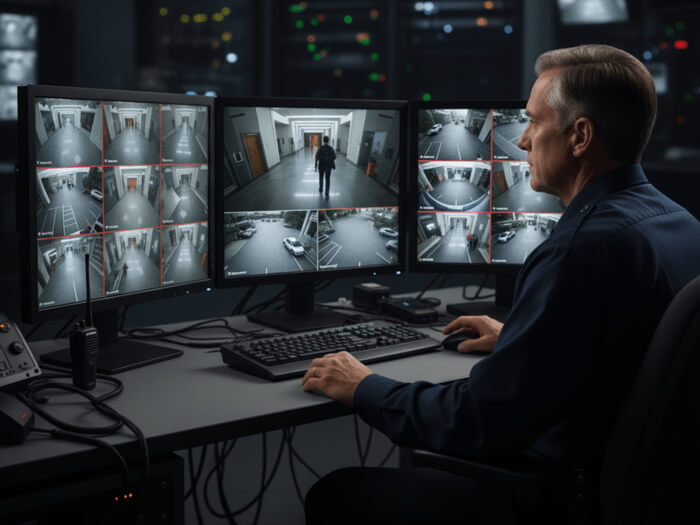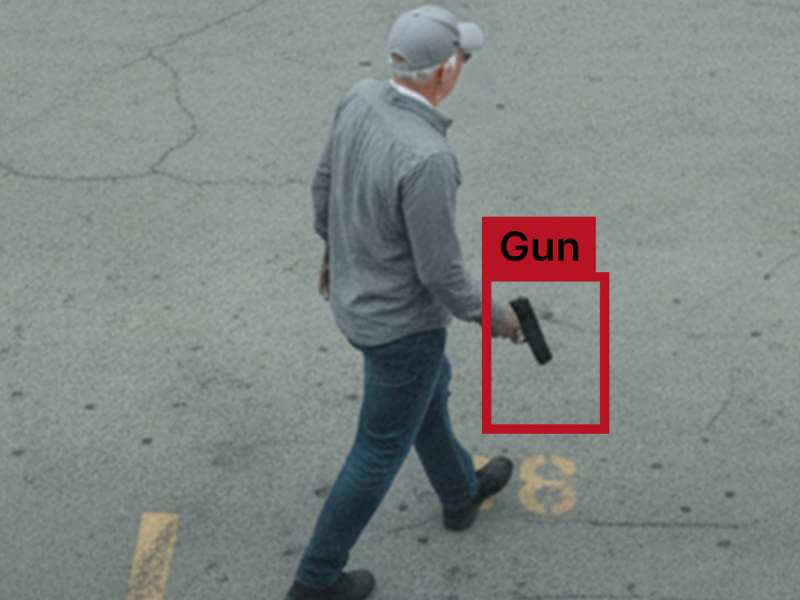
There have been many cases in which armed criminals have wounded or killed others, sometimes with no known motive, or as a result of personal grievances. Sadly, recent years have seen all too many such attacks.
But far more often, firearms are used in the commission of a crime to intimidate — without ever being discharged. In either case, faster recognition of hostile gun use might have decreased the impact or discouraged the commission of a crime in the first place
The need for that faster detection has never been higher. Americans are estimated to have between 400 and 500 million guns, and increasingly liberal state laws mean that more citizens are legally carrying guns in public places than they were in decades past. Recent years, too, have seen record-breaking gun sales. And while most firearms are never involved in a crime, a misused gun can present a grave danger to anyone nearby.
Crimes involving guns may take place over just a few minutes — research from Arizona State University, for instance, found that most bank robberies were completed in less than three minutes. Criminals know that response time matters, so even small improvements in detection speed make it more likely that a crime will be discouraged entirely.
Now, Eagle Eye Gun Detection delivers an advanced, highly accurate system to alert you when a gun is brandished on your premises, and to initiate your emergency response plan.
What exactly is gun detection?
Broadly speaking, any approach or technology that advances knowledge of the presence of firearms is part of the world of gun detection: that includes manual detection with the aid of trained sniffer dogs or experienced guards. But gun detection relies increasingly on technology, rather than direct observation or pat-downs. For decades, this has included X-ray and millimeter wave machines, as well as metal detectors at the entrances to sensitive buildings or on the perimeters of other secure areas, such as the gate areas of an airport.
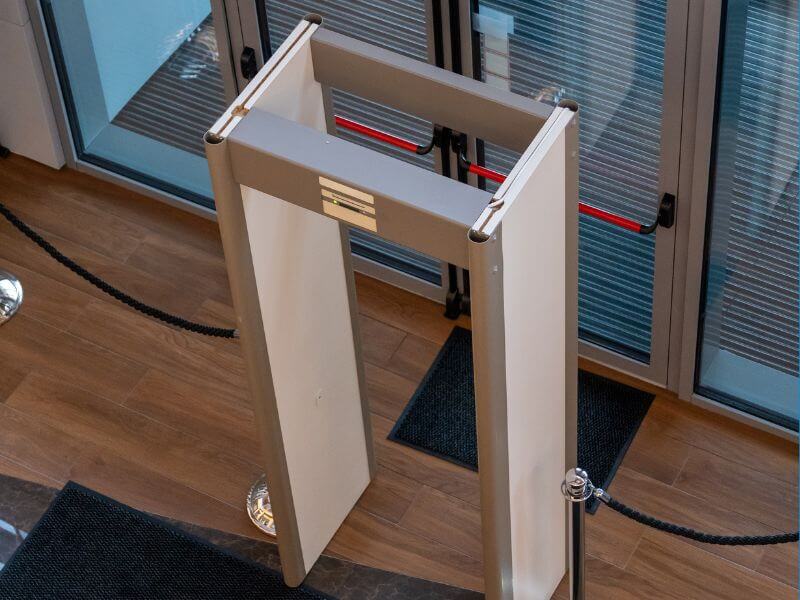
Recent developments in gun detection not only enhance long-established technologies with software but also introduce new sensors and tools that were previously impossible. Examples include microwave scanning, thermal analysis, and deep analytics, including automated gait analysis. Any of these techniques can be combined for greater confidence, too.
Many of these methods, however, require individuals to be funneled through a narrow area to walk through a sensor or have hand-held sensors directed at them one at a time, which necessitates a degree of cooperation and in-person direction.
One of the most economical and effective approaches to spotting guns is visual analysis — which relies only on images from cameras.
Brandishing vs. carrying
Not every gun’s presence demands the same level of scrutiny. Authorized holders may appropriately and legally carry guns, and those guns may be concealed completely or partially visible but safely holstered.
Though legal definitions vary, brandishing typically requires that others be made aware of a gun’s presence for the purposes of threatening or intimidating them. This often means that a gun is held in the hands, and visual detection must be specifically tuned to zero in on this hand-held carry.
Even if a gun is justifiably held, both the act of holding it and the context should trigger scrutiny.
How Eagle Eye Gun Detection stands out
Unlike systems that detect gunfire using auditory clues, Eagle Eye Gun Detection works to spot guns before they’re fired. It tackles this challenge without requiring expensive scanning equipment or requiring every person to go through a sensor-laden inspection bottleneck.
Compared to some dedicated gun detection systems, Eagle Eye Gun Detection integrates smoothly with our best-in-class Eagle Eye Cloud VMS, so you don’t need to add or learn an additional interface or divide your attention among different systems.
Instead, you get a three-layer system for detecting and verifying the presence of a drawn gun. Initial detection is fast, and carried out by equipment located on your premises. This is followed by a large-scale cloud AI analysis, and then by trained human observers who positively determine that your cameras have detected a firearm on your property.
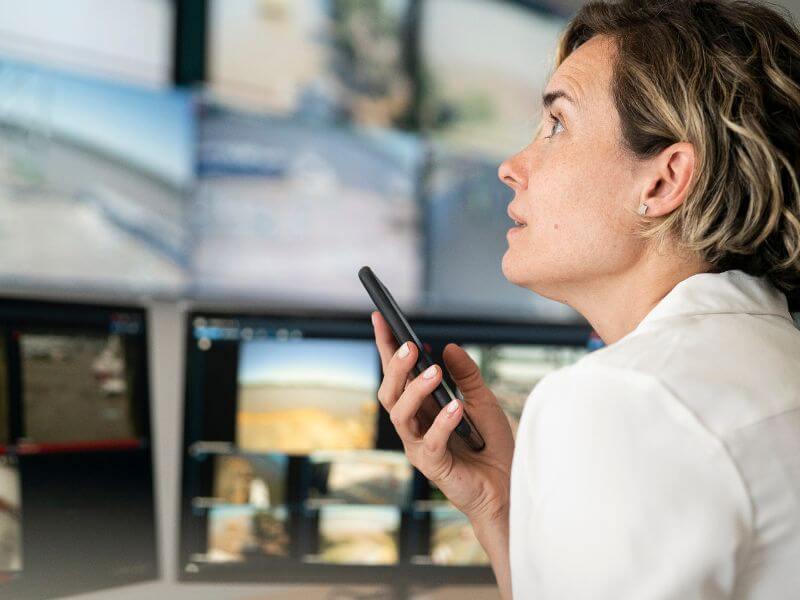
Faster eyes where they matter most
Not every place is equally subject to violence involving guns. Detection stands to do the most good where crime is known to be more likely, where people are most vulnerable, and where a crime committed with a gun might cause the most trauma.
Banks and credit unions. Financial institutions are frequent targets for armed robbers, driven by the presence of large amounts of cash. Clerks or tellers may be in no position to report a crime until it’s over and the threat is gone.
Schools and universities. Hundreds of victims have been killed or wounded in recent years in both well-known attacks and less-reported campus attacks. By policy, attackers know that they will often face no immediate armed resistance.
Hospitals and other healthcare facilities. For the very reasons that people are in healthcare facilities in the first place, these facilities are difficult to secure or evacuate without disrupting necessary access by medical staff and without moving patients who may be attached to essential equipment or unable to move on their own.
High-density venues and events. Hotels, convention centers, concerts, bazaars, and similar gathering points mean that an armed criminal is far more likely to hit someone, even if that’s counter to his intent. And if the motive is terror, crowded spaces make that far easier to achieve.
Apartments and other multifamily buildings. Gun violence near the home leaves trauma and fear in its wake. Because they house many residents in close proximity, multifamily residences multiply the odds of exposure to violence, whether driven by robbery or personal conflict.
Safety improvements from the ground up
AI-based detection is already impressive. Today’s high-resolution cameras and cloud storage mean that gun detection will also be driven in large part by increasingly capable upstream AI making smarter decisions based on those cameras’ detailed output. As more AI training data is incorporated and as AI algorithms are refined, more types of guns will be reliably detectable, in even shorter timeframes.
Detecting guns is only one step in a multilayered approach to physical security, but gun detection is a rapidly evolving tool to drive immediate awareness. That awareness can drive calls to local first responders, trigger emergency response plans to lock down an area, activate a silent alarm, or spur people to quickly take shelter. Eagle Eye Gun Detection works with response plans made by each end user to accomplish just this kind of action.
Exploring deeper on-site safety? Learn more about Eagle Eye Gun Detection.

Since 2012, Eagle Eye Networks has provided smart cloud surveillance solutions, leveraging AI to drive natural language search, automation, and more. Eagle Eye’s camera-agnostic approach heightens security while saving money, time, and resources.
Other posts that might interest you

Comparing Eagle Eye Cabinet Systems: Choosing the right fit for your site
Selecting the right setup for your security cameras can be a huge headache. Luckily, Eagle Eye Networks makes it super simple with their range of cabinet systems! Whether you need…
December 18, 2025
Video Surveillance 101: Field of view, distortion, and dewarping
When you select a camera for video surveillance, an important aspect that you're actually choosing is the camera's lens. Just like typical cameras you use to take snapshots, surveillance cameras…
November 11, 2025
Surveillance 101: Remote video monitoring explained
You've probably seen movies where government agencies, shadowy masterminds, or company security teams have instant access to surveillance cameras from around the world and can zoom in on any subject…
September 30, 2025

